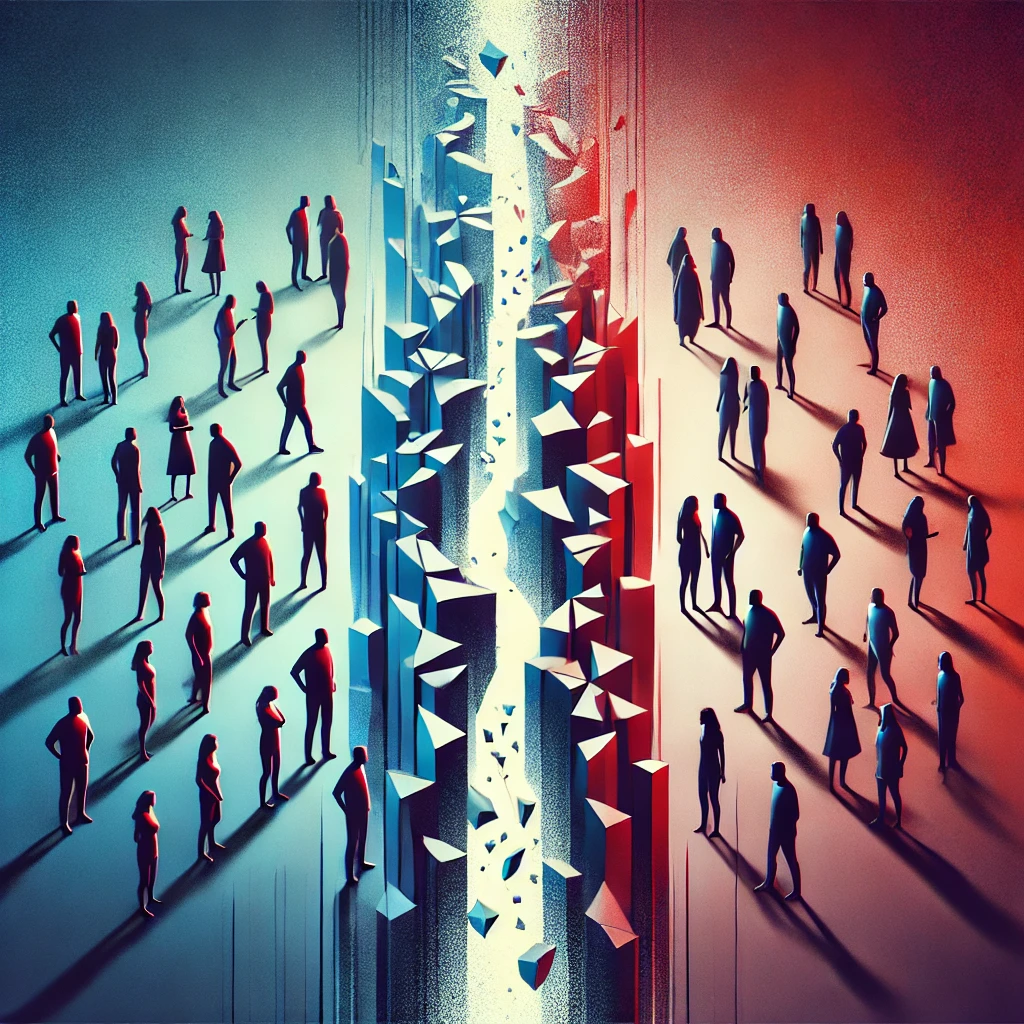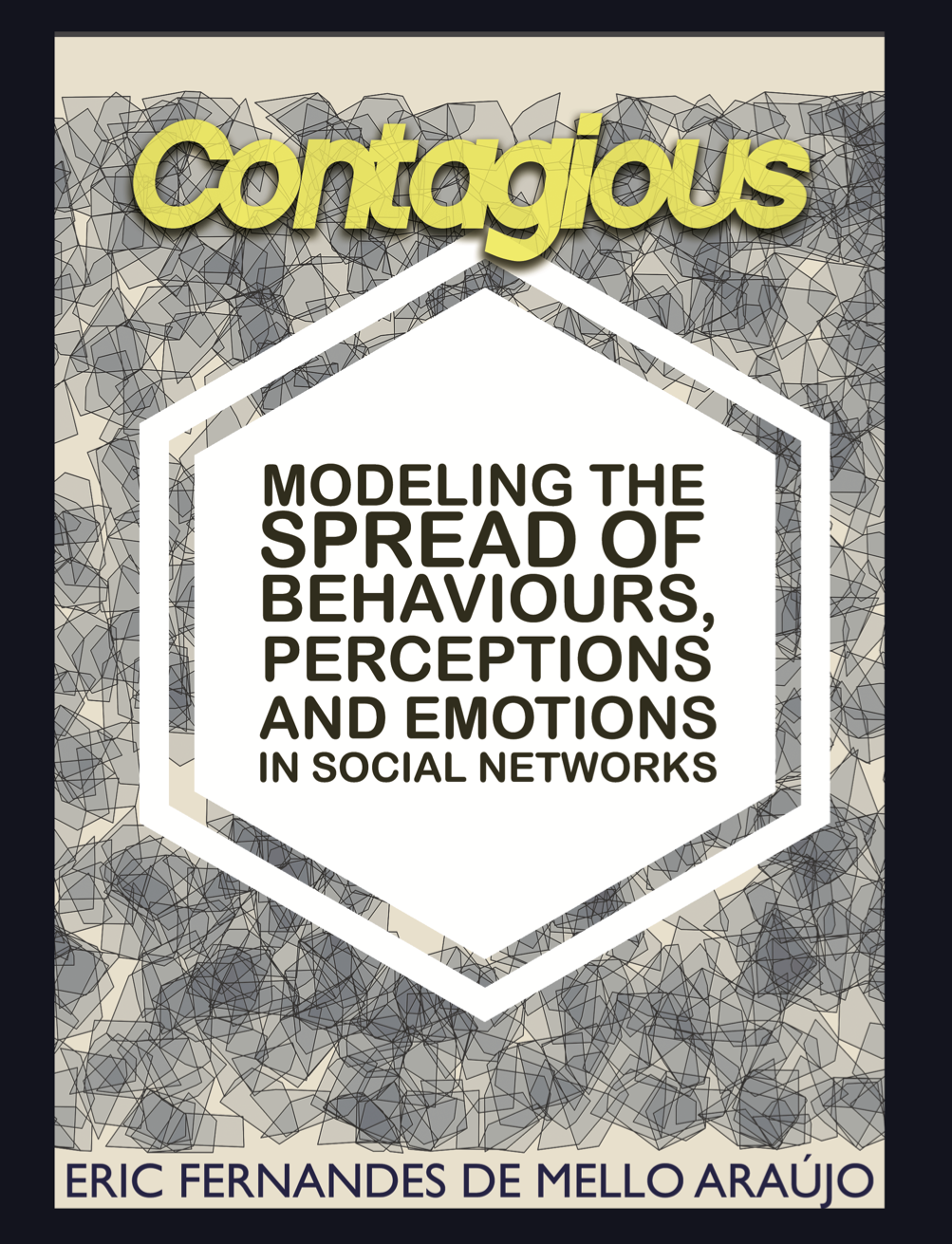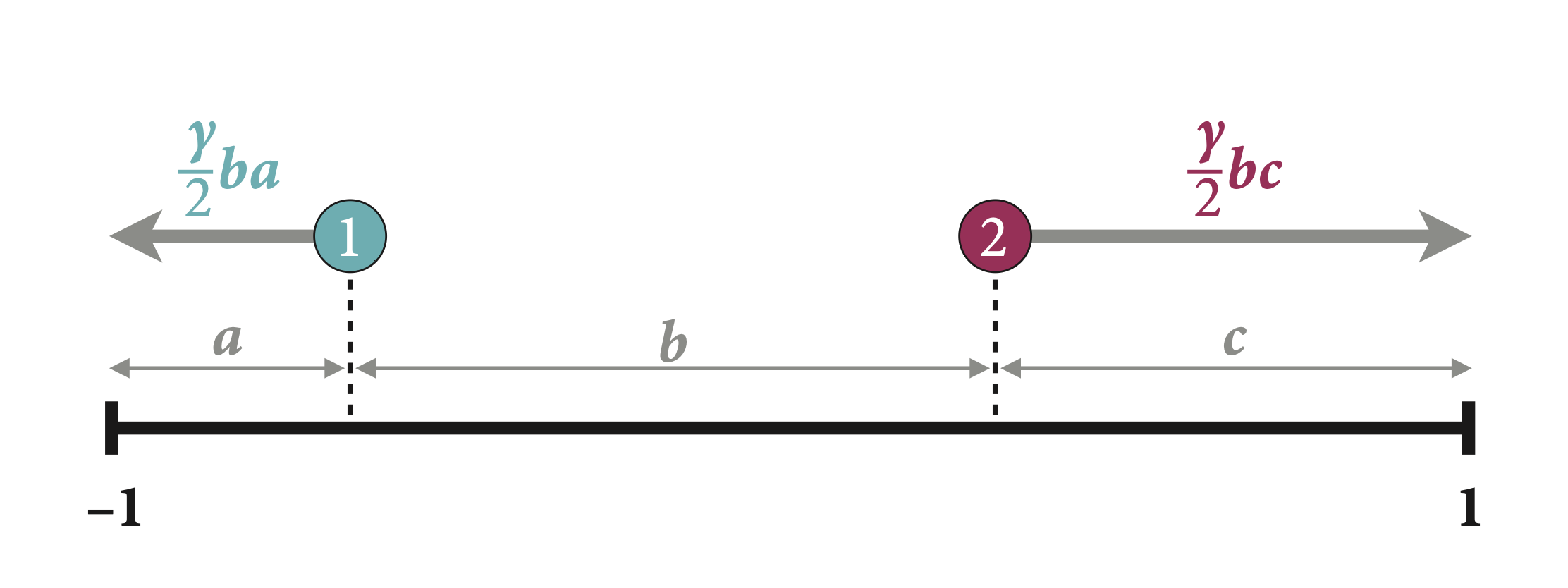W3: Opinion Dynamics
CS300b – Agent Modeling
Eric Araújo
Week 3 – Agent Modeling of Opinion Dynamics

AI Prompt: Create an image representing polarization
Exploring the Social Dynamics of Beliefs, Attitudes, and Opinions

Introduction
- Humans are inherently social creatures, learning and shaping our beliefs, attitudes, and opinions through interactions with others.
- This class focuses on modeling the social dynamics of opinions, using agent-based models to understand how opinions change and spread within populations.
What are Opinions?
- For this class, we will treat opinions, beliefs, and attitudes equivalently, referring to them as “opinions”.
- We can represent an opinion as a position on an issue, formalized as a number on a scale between two extremes.
- Examples:
- Is cake delicious?
- Is Batman a hero?
- Is climate change real?
Key Concepts in Opinion Dynamics
- Consensus: When everyone in a population holds the same opinion on an issue.
- Polarization: When individuals’ opinions gravitate towards two opposing extremes, creating a divided population.
- Extremism: Holding opinions at the far ends of the spectrum.
Modeling Opinion Dynamics
- Agent-based models (ABMs) help us understand how simple interactions between individuals can lead to complex patterns of opinion dynamics at the population level.
Modeling Opinion Dynamics
- ABMs of opinion dynamics require three key components:
- Representation of opinions.
- Mechanism for social influence.
- Population structure.
Positive Influence Model
- Assumption: Every interaction between individuals with differing opinions brings them closer together.
- Mechanism: Agents update their opinions by moving a fraction (learning rate, \(\gamma\)) of the difference between their current opinion and their interaction partner’s opinion.
- Outcome: This model always leads to consensus around the initial mean opinion.
Positive Influence Model
\[x_1 = x_1 + \gamma (x_2 - x_1)\] \[x_2 = x_2 + \gamma (x_1 - x_2)\]
Positive Influence Model
Coding caveats:
\[color = \frac{x+1}{2} \times 9.9\]
Bounded Confidence Model
Bounded Confidence Model
- Assumption: Individuals are only influenced by others whose opinions are sufficiently similar to their own, defined by a confidence threshold (\(d\)).
- Mechanism: Agents update their opinions as in the positive influence model, but only if the difference between their opinions is less than \(d\).
- Outcome: Can lead to persistent cliques of like-minded individuals, with the number of cliques increasing as the confidence threshold decreases.
Bounded Confidence Model
Coding caveats:
to go
ask one-of-people [
let x1 opinion
let other-person one-of other people
...
let x2 [opinion] of other-person
if (abs (x1 - x2) < confidence-threshold) [
let x1-new (x1 + learning-rate * (x2 - x1))
let x2-new (x2 + learning-rate * (x1 - x2))
set opinion x1-new
ask other-person [ set opinion x2-new ]
]
]
update-colors
tick
endBounded Confidence Model
Reporting number of cliques:
to-report num-cliques
let cliques 1
let d confidence-threshold
let min-value min [opinion] of people with [opinion] > (-1 + (d / 2))
while [any? people with
[opinion > (min-value + d) and opinion < (1 - (d / 2))]] [
set min-value min [opinion] of
(people with [opinion > (min-value + (d / 2))])
set cliques cliques + 1
]
report cliques
endNegative Influence Model
Negative Influence Model
- Assumption: Individuals are negatively influenced by those with significantly different opinions, leading to increased divergence in opinions.
- Mechanism: Agents’ opinions become more dissimilar after interacting with those whose opinions are outside their confidence threshold (\(d\)).
- Outcome: Can lead to polarization, with opinions moving towards opposite extremes, especially when the confidence threshold is low.
Negative Influence Model

Fig. 5.6 - Modeling Social Behavior
Negative Influence Model
\[x_1 = \begin{cases} x_1 + \frac{\gamma}{2}(x_1 - x_2)(1 - x_1),\ if\ x_1 >x_2 \\ x_1 + \frac{\gamma}{2}(x_1 - x_2)(1 + x_1),\ otherwise \end{cases} \]
\[x_2 = \begin{cases} x_2 + \frac{\gamma}{2}(x_2 - x_1)(1 + x_2),\ if\ x_1 > x_2 \\ x_2 + \frac{\gamma}{2}(x_2 - x_1)(1 - x_2),\ otherwise \end{cases} \]
Spatial Structure in Opinion Dynamics
- Assumption: Interactions are constrained by spatial proximity or social networks.
- Mechanism: Agents only interact with their immediate neighbors on a spatial grid or within their defined social network.
- Outcome:
- Can slow down consensus formation in the positive influence model.
- Can lead to the persistence of diverse opinions in the bounded confidence model, with larger clusters of majority opinions and smaller, isolated groups with extreme opinions.
- Can create distinct demographic zones of opinions in the negative influence model.

Fall 2024